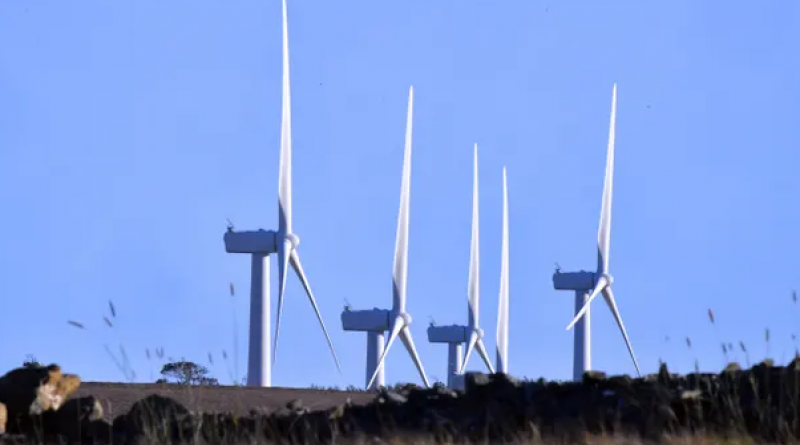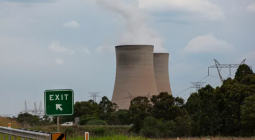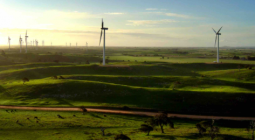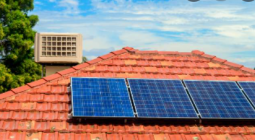Large-scale solar and windfarm investment in Australia records major drop this year

Clean Energy Council report shows the average quarterly investment in new renewable energy capacity is 70 % below 2018 levels.
Investment in new large-scale solar and windfarms and the number of construction jobs in renewable energy fell dramatically in the first half of 2021, according to industry data.
A report by the Clean Energy Council says only three major projects reached financial sign-off in the second quarter of the year. The average quarterly investment in new renewable energy capacity this year is 29% lower than 2020 and 70% below 2018 levels, it said.
It meant that at any one time there had been only 1,300 construction jobs in large-scale renewable energy, a 2,700 drop on the industry’s peak three years ago.
Kane Thornton, the chief executive, said the fall in investment was a result of increased risk factors facing investors, including ongoing concern over delays in getting new renewable energy plants connected to the electricity grid.
He also blamed the Morrison government’s resistance to higher and long-term climate targets, and proposed Energy Security Board reforms including the creation of a “capacity market” that offer support for ageing coal power plants to extend their lives.
The decline in investment in large-scale clean energy has continued while the Morrison government has shifted its policy focus to lowering the cost of commercially unproven technologies such as carbon capture and storage and low-emissions hydrogen to cut greenhouse gas emissions. It says it supports a “technology, not taxes” approach to tackling climate change.
“The reality is we have proven technologies,” Thornton said. “In fact, wind and solar have been deployed at very strong rates over previous years. They don’t actually need taxes to deploy them, we just need some sensible government policy.”
A major report by the Intergovernmental Panel on Climate Change this week stressed emissions from burning fossil fuels and deforestation are driving widespread and rapid changes across the planet at a scale unprecedented in thousands of years.
Scientists and world leaders said it underlined the need for rapid emissions reductions before 2030.
Jonathan Pershing, the US deputy presidential climate envoy, told Guardian Australia the scientific evidence suggested an advanced economy such as Australia should be cutting emissions by about 50% by 2030, compared to 2005 levels. The Morrison government’s target is a 26-28% cut.
Renewable energy provided nearly 30% of the electricity in the national electricity market, covering the five eastern states and the ACT, last year. Government data shows a continuing dramatic increase in rooftop solar increases, with nearly 3m households now having systems. The Morrison government says it shows Australia is the global leader in solar uptake.
But investment in large-scale plants has slowed since a national renewable energy target was met and not extended or replaced. The Clean Energy Council said investment in windfarms had nearly dried up. Only one windfarm had reached financial close in the past 18 months, compared to 17 in 2018.
State governments in NSW, Victoria and Queensland have introduced policies to support wind and solar farms and energy storage as the federal government walked away from plans for a national policy.
Australia’s largest emitting company, AGL, on Thursday called for a better plan to coordinate the closure of coal-fired power plants.
Research by the Reserve Bank last year showed renewable energy investment surged to make up nearly 5% of non-mining business spending across Australia in 2018, but then fell sharply. A research note by bank economists noted the renewable energy industry supports activity and employment in regional areas.
August 2021
THE GUARDIAN




